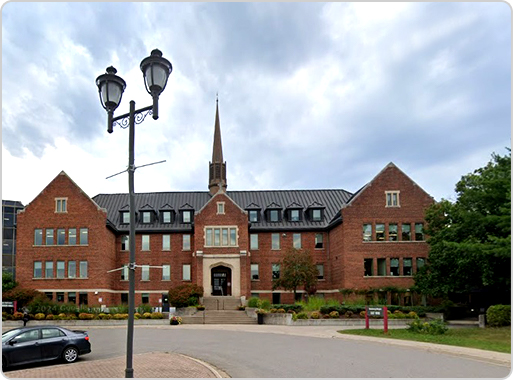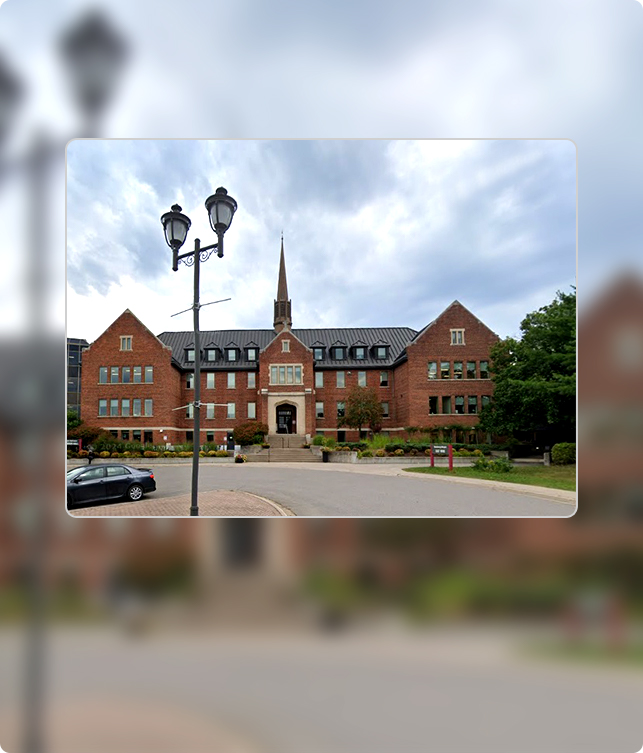N49° Eyewear - Sault Ste. Marie
52-19-140


canada
N49° Eyewear
SAUL STE. MARIE
SAUL STE. MARIE is a city in Ontario, Canada. The third-largest city in Northern Ontario after Sudbury and Thunder Bay, it is located on the St. Mary's River on the Canada–US border. To the southwest, across the river, is the United States and the Michigan city of the same name. The two cities are joined by the Sault Ste. Marie International Bridge, which connects Interstate on the Michigan side and Huron Street on the Ontario side. Shipping traffic in the Great Lakes system bypasses the Saint Mary's Rapids via the American Soo Locks, the world's busiest canal in terms of tonnage that passes through it, while smaller recreational and tour boats use the Canadian Sault Ste. Marie Canal.
Native American settlements, mostly of Ojibwe-speaking peoples, existed here for more than 500 years. In the late 17th century, French Jesuit missionaries established a mission at the First Nations village. This was followed by development of a fur trading post and larger settlement, as traders, trappers and Native Americans were attracted to the community.
As the community had developed on both sides of the river, it was considered unified and part of Canada. After the War of 1812 between Great Britain and the United States, the border between Canada and the US was finally settled at the St. Mary's River. At that time, the US prohibited British traders from operating in its territory any longer, causing major losses. The areas separated by the river began to develop as two communities, both named Sault Ste. Marie.
Native American settlements, mostly of Ojibwe-speaking peoples, existed here for more than 500 years. In the late 17th century, French Jesuit missionaries established a mission at the First Nations village. This was followed by development of a fur trading post and larger settlement, as traders, trappers and Native Americans were attracted to the community.
As the community had developed on both sides of the river, it was considered unified and part of Canada. After the War of 1812 between Great Britain and the United States, the border between Canada and the US was finally settled at the St. Mary's River. At that time, the US prohibited British traders from operating in its territory any longer, causing major losses. The areas separated by the river began to develop as two communities, both named Sault Ste. Marie.




